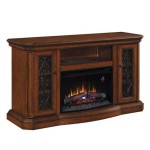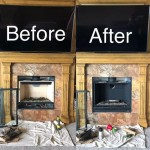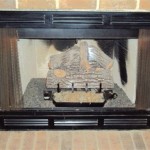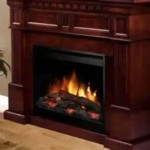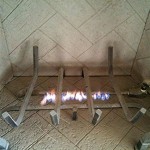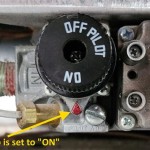Discover the Essential Aspects of Rockwool Gas Fireplace
In this informative article, we will delve into the crucial aspects of Rockwool gas fireplaces, outlining their advantages, installation considerations, maintenance requirements, and energy efficiency. By understanding these elements, you can make an informed decision when considering a Rockwool gas fireplace for your home.
Benefits of Rockwool Gas Fireplaces
Rockwool gas fireplaces offer several benefits that make them a popular choice for homeowners:
- Realistic Appearance: Rockwool's unique properties allow it to create flames that closely resemble a traditional wood-burning fireplace.
- Energy Efficiency: Rockwool insulation effectively retains heat, minimizing heat loss and reducing energy consumption.
- User-Friendly: Gas fireplaces are easy to ignite and adjust, providing efficient heating with minimal effort.
- Environmental Friendliness: Rockwool insulation is non-toxic and non-flammable, making it an environmentally friendly option.
Installation Considerations
Installing a Rockwool gas fireplace requires careful planning and consideration:
- Venting System: Proper venting is essential to ensure safe and efficient operation. A direct-vent system is typically required.
- Gas Line: A gas line must be installed to supply the fireplace with fuel.
- Electrical Power: Electricity is needed to power the igniter, fan, and other components.
- Clearance Requirements: Sufficient clearance around the fireplace is necessary for safety and optimal performance.
Maintenance Requirements
Regular maintenance is crucial to keep your Rockwool gas fireplace functioning properly:
- Annual Inspection: Have a qualified technician inspect the fireplace annually to ensure safety and efficiency.
- Cleaning: Clean the glass regularly to remove soot and debris. Periodically vacuum the interior and exterior.
- Log Replacement: Replace the ceramic logs as needed to maintain their aesthetic appeal.
- Troubleshooting: If any issues arise, consult the manufacturer's manual or contact a fireplace specialist.
Energy Efficiency of Rockwool Fireplaces
Rockwool gas fireplaces are designed with energy efficiency in mind:
- Insulation: Rockwool's excellent insulation properties help retain heat within the fireplace, reducing energy loss.
- Pilot Light: Some models feature an intermittent pilot light system that conserves energy when the fireplace is not in use.
- Thermostat Control: Thermostatic controls allow you to regulate the temperature, optimizing heat output.
- Fuel Efficiency: Gas is a relatively efficient fuel source, producing less greenhouse gases than other fossil fuels.
Conclusion
Rockwool gas fireplaces offer homeowners a blend of aesthetic appeal, energy efficiency, and easy maintenance. Understanding the essential aspects of Rockwool fireplaces, including their benefits, installation considerations, maintenance requirements, and energy efficiency, is crucial for making an informed decision. With proper installation and maintenance, a Rockwool gas fireplace can provide years of warmth, ambiance, and comfort in your home.

Glowing Embers For Fireplace Mother Daughter Projects

How Ember Wool Can Enhance The Look Of Your Fireplace

Glowing Embers For Fireplace Mother Daughter Projects

Glowing Embers For Fireplace Mother Daughter Projects

Empire Platinum Fireplace Burning Embers Media

Barton Glowing Embers Rock Wool For Vent Free And Vented Gas Fireplaces Fake Coals Use With Logs 6 Oz Bag Com

Glowing Embers In A Fireplace Magic Touch Mechanical

Regal Flame Platimum 7 Oz Bright Rock Wool Gas Fireplace Glowing Embers For Logs With Vermiculite Granules

Glowing Fireplace Embers Rockwool Vermiculite For Vented Gas Fireplaces Log Sets

How To Update An Old Gas Fireplace
Related Posts

